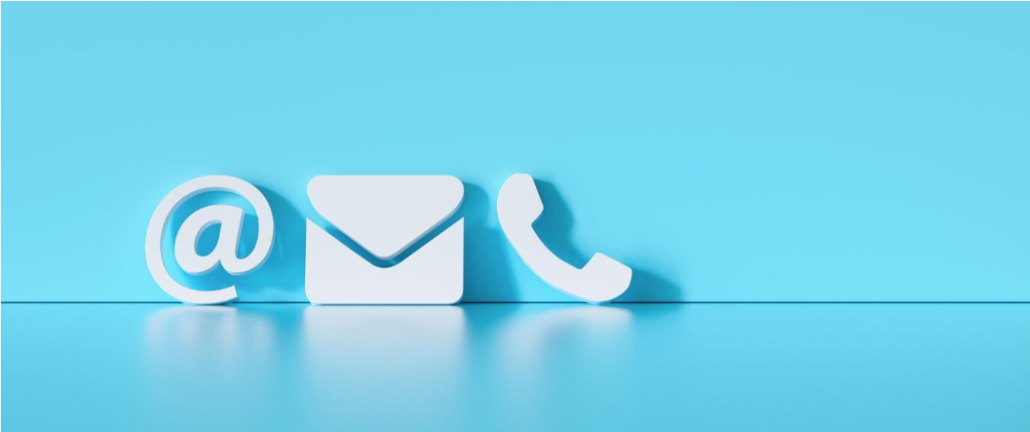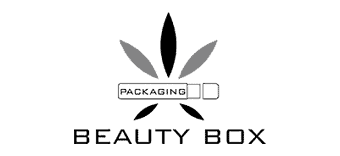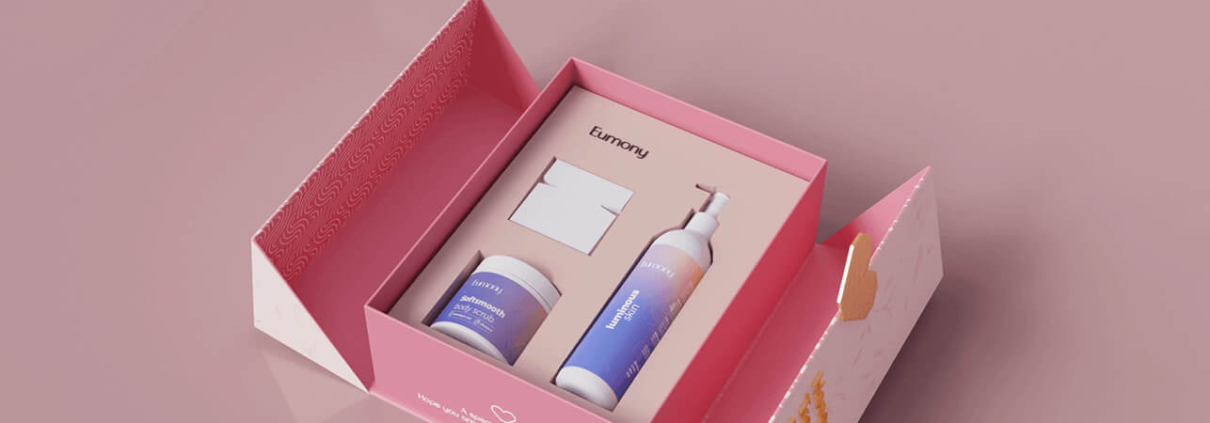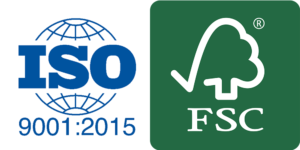Comprehensive Guide to Protective Packaging Inserts
5 minutes reading
When it comes to cosmetic packaging, the primary goal is to ensure that the product reaches the customer in perfect condition. Protective packaging inserts play a vital role in achieving this objective. These inserts are designed to safeguard your cosmetic products from damage during transit, handling, and storage.
In this guide, we’ll explore the various types of protective packaging inserts, their benefits, and how to choose the right ones for your products.

What Are Packaging Inserts?
Protective packaging inserts are materials placed inside the packaging to secure and cushion the product. They help absorb shocks, prevent movement, and protect against environmental factors such as moisture and temperature changes.
Common types of protective packaging inserts include:
- Foam Inserts
- Corrugated Cardboard Inserts
- Molded Pulp Inserts
- Bubble Wrap and Air Pillows
- Paper and Cardboard Shredding
- Blister Packaging
Types of Protective Packaging Inserts
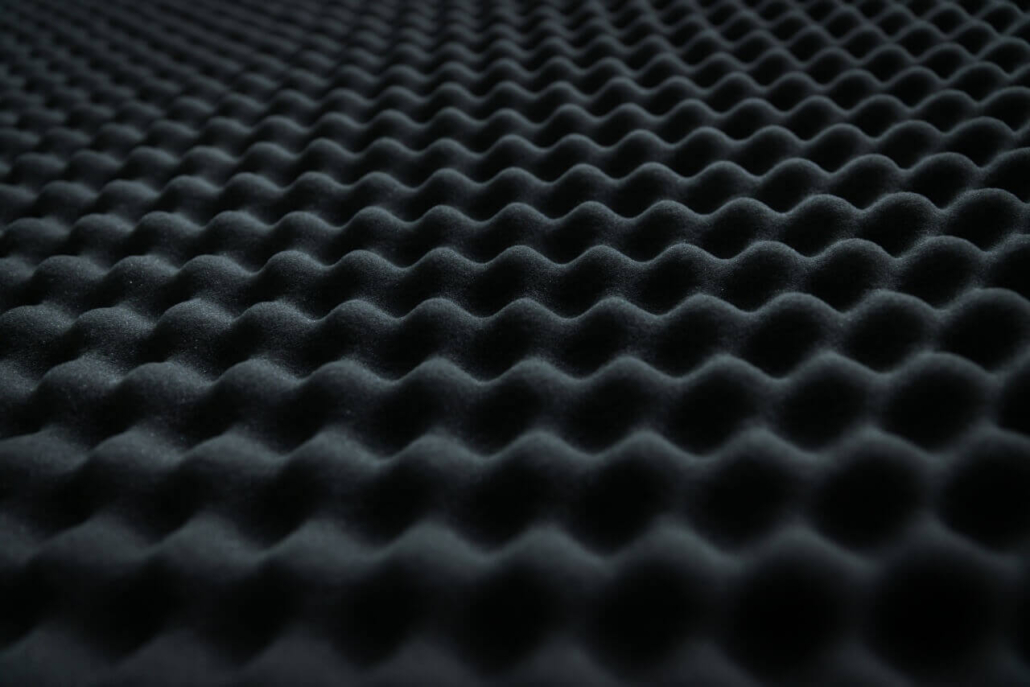
Foam Inserts
Foam inserts are made from materials like polyethylene (PE) or polyurethane (PU). They are custom cut to fit the shape of the product, providing excellent cushioning and shock absorption. Foam inserts are ideal for fragile items such as glass jars packed creams, glass bottles packed oil, and other fragile cosmetic containers.
Benefits:
- High level of protection
- Customizable shapes
- Lightweight and durable

Corrugated Cardboard Inserts
Corrugated cardboard inserts are versatile and cost-effective. They can be die-cut to fit various product shapes and sizes. These inserts are commonly used for heavier items and those that require additional structural support.
Benefits:
- Eco-friendly and recyclable
- Provides structural support
- Cost-effective
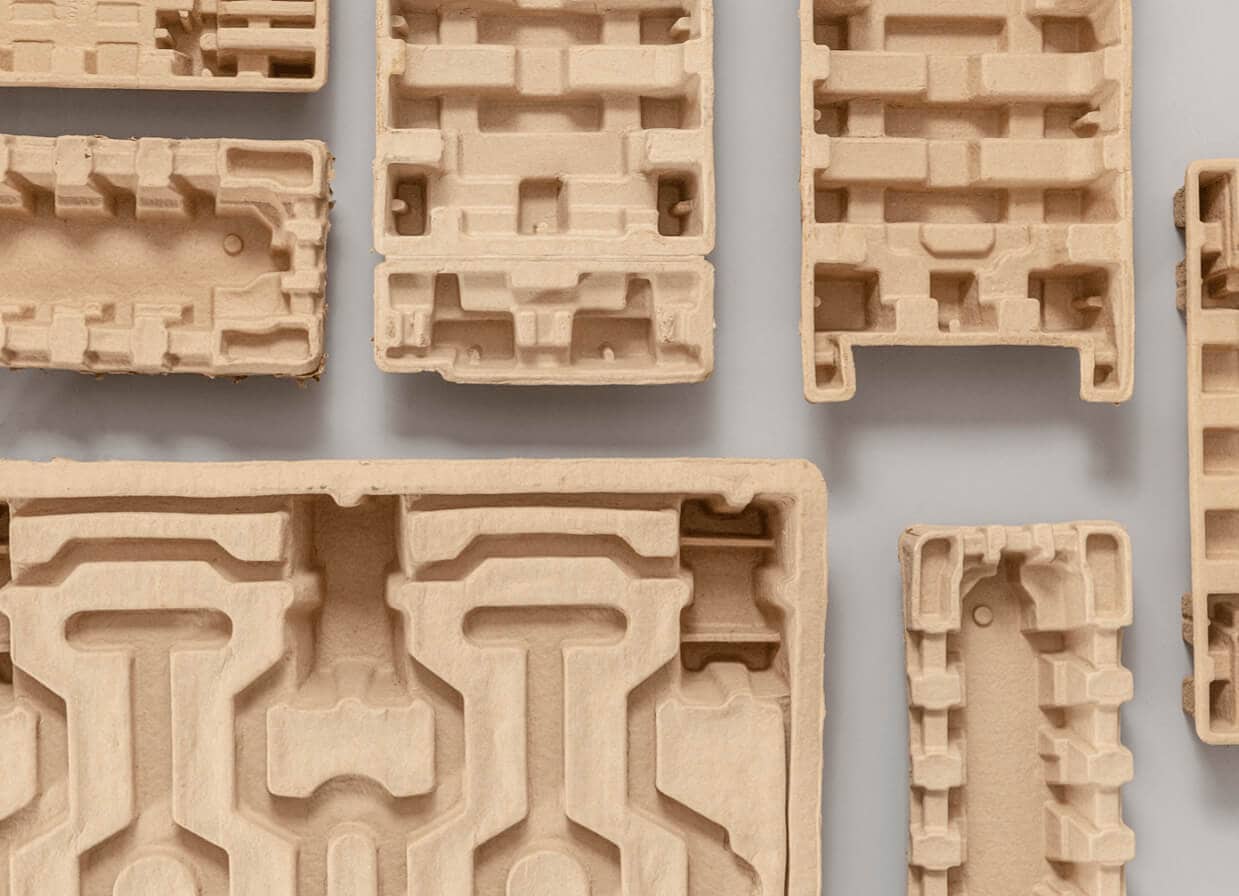
Molded Pulp Inserts
Molded pulp inserts are made from recycled paper and are biodegradable. They offer good protection and are an environmentally friendly option. These inserts are often used for packaging items like pressed powders, foundation bottles, and other consumer goods.
Benefits:
- Environmentally friendly
- Good cushioning and shock absorption
- Cost-effective
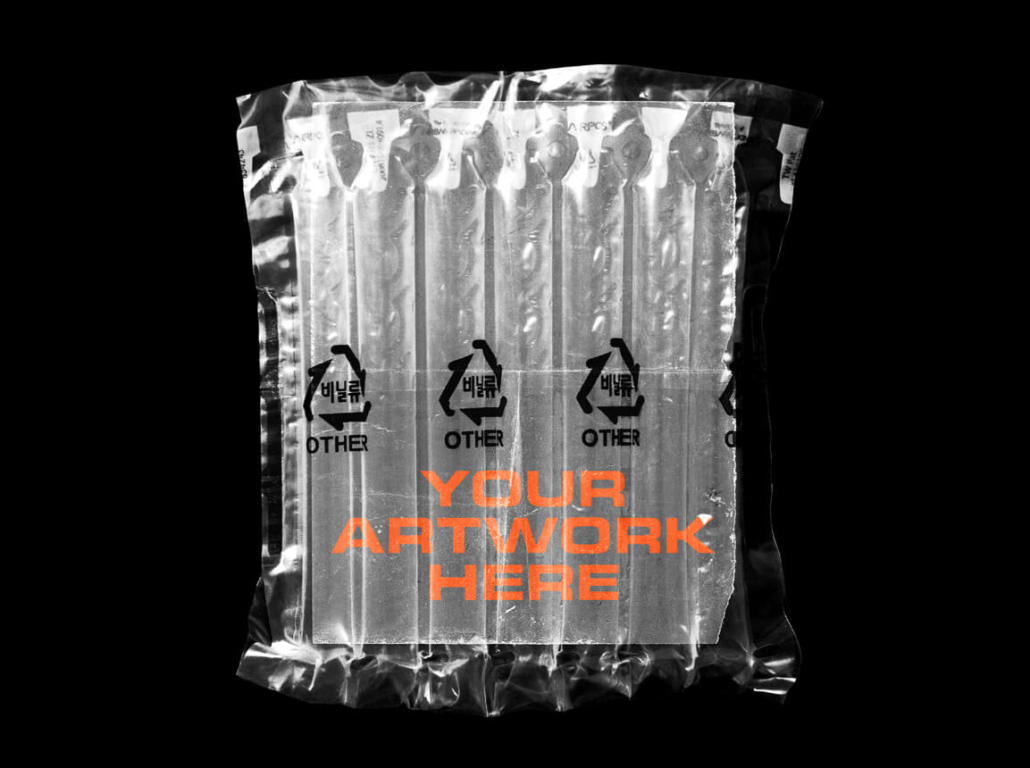
Bubble Wrap and Air Pillows
Bubble wrap and air pillows are flexible and provide excellent cushioning. Bubble wrap is particularly effective for wrapping irregularly shaped items, while air pillows fill voids in the packaging, preventing movement. They are suitable for items like lipsticks, nail polishes, and small skincare products.
Benefits:
- Lightweight
- Excellent shock absorption
- Flexible and easy to use
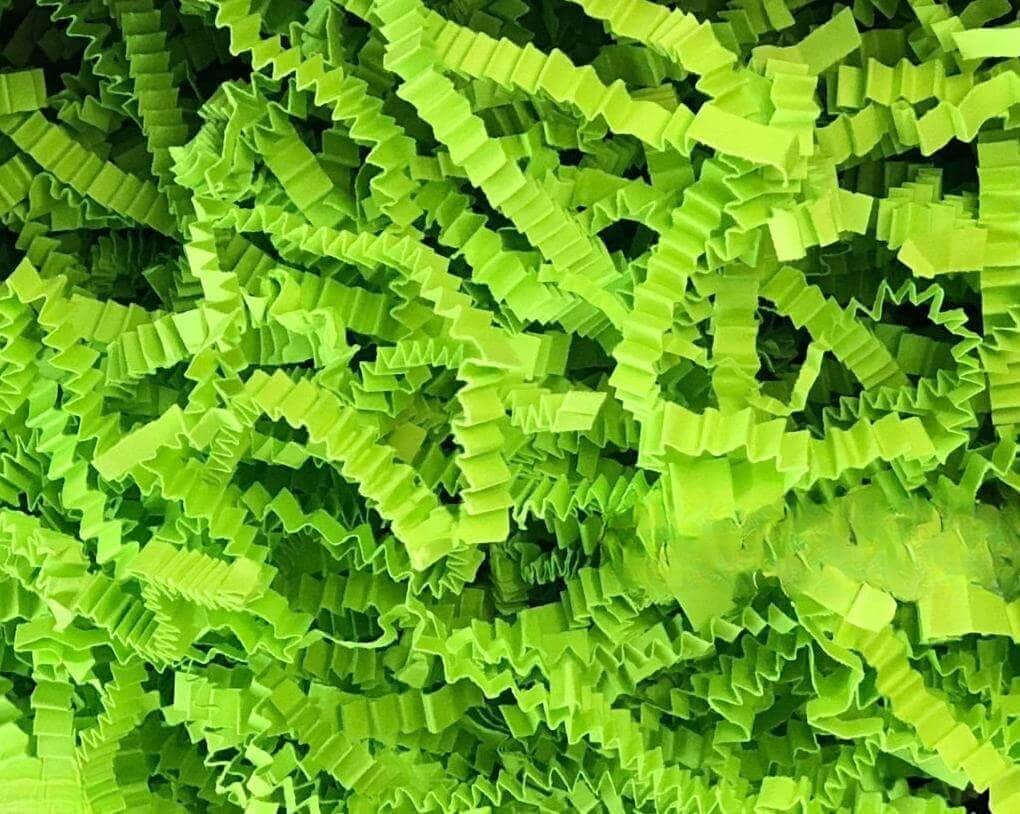
Paper and Cardboard Shredding
Shredded paper and cardboard are eco-friendly options that provide cushioning and void fill. They are suitable for lightweight items and can be used to create a protective nest around your products, such as small soap bars or sample sachets.
Benefits:
- Eco-friendly and recyclable
- Cost-effective
- Easy to use

Blister Packaging
Blister packaging involves sealing the product in a rigid plastic cavity backed by a cardboard or plastic sheet. This type of packaging is often used for small cosmetic items like eyeshadow singles, lip balms, and travel-sized products.
Benefits:
- Provides tamper evidence
- Excellent product visibility
- Protects against moisture and contamination
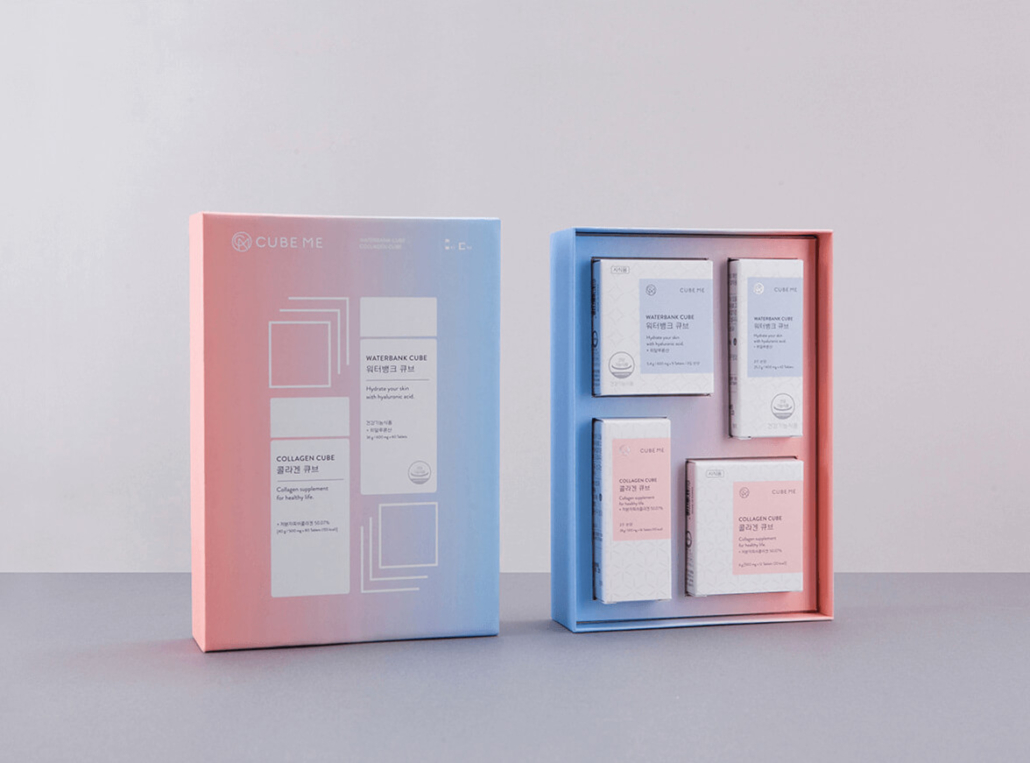
Benefits of Using Packaging Inserts
Damage Prevention
The primary benefit of protective packaging inserts is preventing damage during shipping and handling. By cushioning the product and absorbing shocks, these inserts ensure that your cosmetics reach your customers in pristine condition.
Cost Savings
Preventing product damage reduces the costs associated with returns, replacements, and customer dissatisfaction. Investing in quality protective inserts can save money in the long run.
Enhanced Customer Experience
Receiving a damaged product can be frustrating for customers. Using protective packaging inserts helps ensure a positive unboxing experience, leading to higher customer satisfaction and loyalty.
Sustainability
Many protective packaging inserts are made from recyclable or biodegradable materials. Choosing eco-friendly options can enhance your brand’s sustainability credentials and appeal to environmentally conscious consumers.
How to Choose the Right Protective Packaging Inserts
Consider the Product
The type of protective insert you choose should be based on the product’s size, weight, and fragility. Fragile items like glass bottles may require foam inserts, while heavier products might need corrugated cardboard inserts for additional support.
Evaluate Shipping Conditions
Consider the shipping conditions your products will be exposed to. If your cosmetics are shipped long distances or handled frequently, you may need more robust protective inserts.
Think About Sustainability
Opt for eco-friendly materials whenever possible. Molded pulp inserts, shredded paper, and recyclable corrugated cardboard are excellent options for reducing your environmental impact.
Customization
Customized inserts provide a better fit and more effective protection. Work with suppliers who can create inserts tailored to the specific dimensions and requirements of your products.
Conclusion
Packaging inserts are essential for ensuring that your cosmetic products reach customers in perfect condition. By choosing the right type of insert, you can prevent damage, save costs, and enhance the customer experience. Whether you opt for foam inserts, corrugated cardboard, or eco-friendly molded pulp, investing in quality protective packaging will pay off in the long run.
Focus on understanding your product’s needs, the shipping conditions, and sustainability options to make the best choice for your brand. Implementing effective protective packaging inserts is a crucial step in delivering a positive customer experience and maintaining your brand’s reputation.
Any questions about the packaging inserts?
